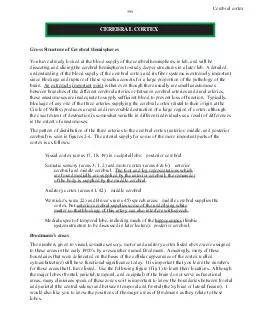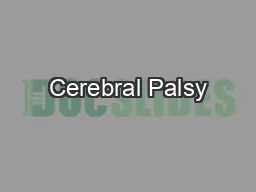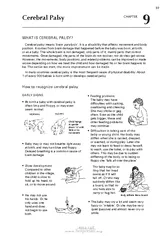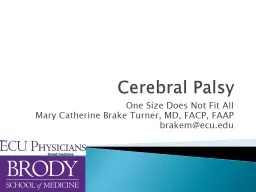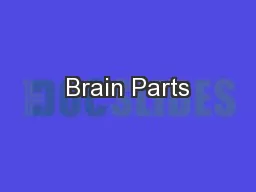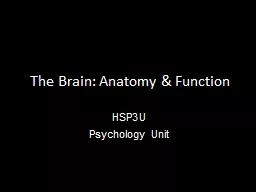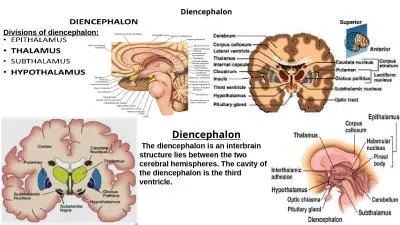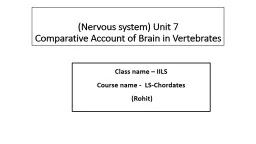PDF-Gross Structure of Cerebral Hemispheres You have alre
Author : danika-pritchard | Published Date : 2015-04-08
A detailed understanding of the blood supply of the cerebral cortex and its fiber systems is extremely important since blockage and rupture of these vessels accounts
Presentation Embed Code
Download Presentation
Download Presentation The PPT/PDF document "Gross Structure of Cerebral Hemispheres ..." is the property of its rightful owner. Permission is granted to download and print the materials on this website for personal, non-commercial use only, and to display it on your personal computer provided you do not modify the materials and that you retain all copyright notices contained in the materials. By downloading content from our website, you accept the terms of this agreement.
Gross Structure of Cerebral Hemispheres You have alre: Transcript
Download Rules Of Document
"Gross Structure of Cerebral Hemispheres You have alre"The content belongs to its owner. You may download and print it for personal use, without modification, and keep all copyright notices. By downloading, you agree to these terms.
Related Documents

